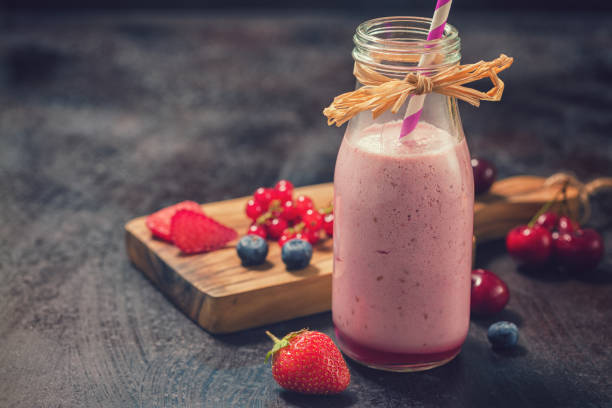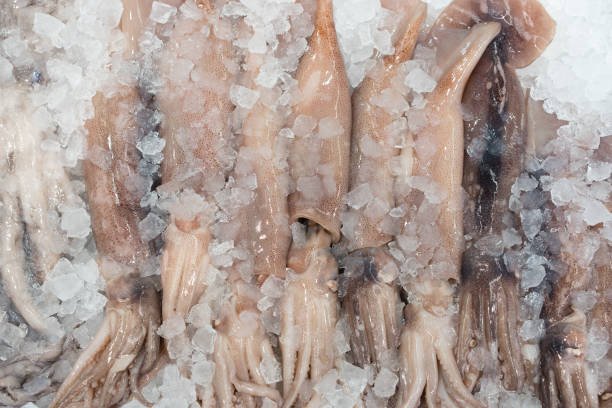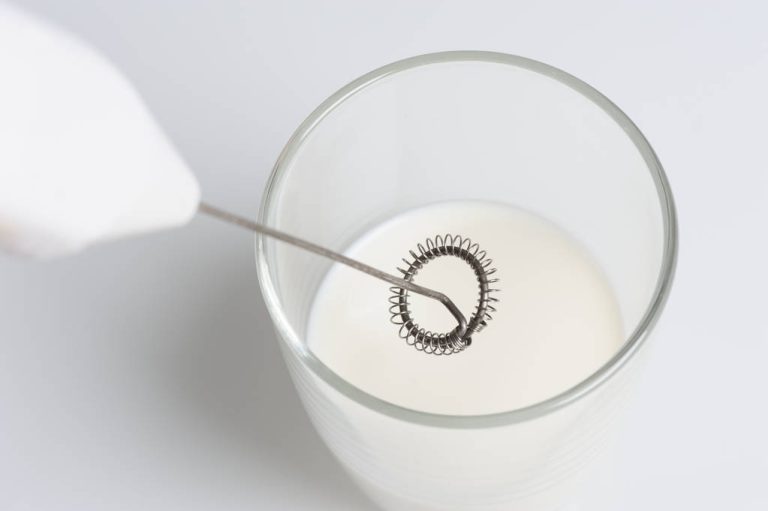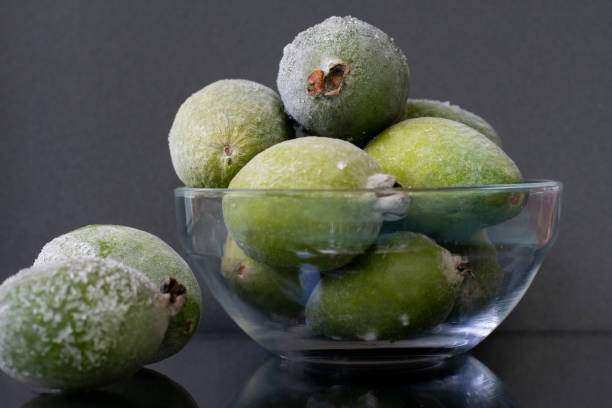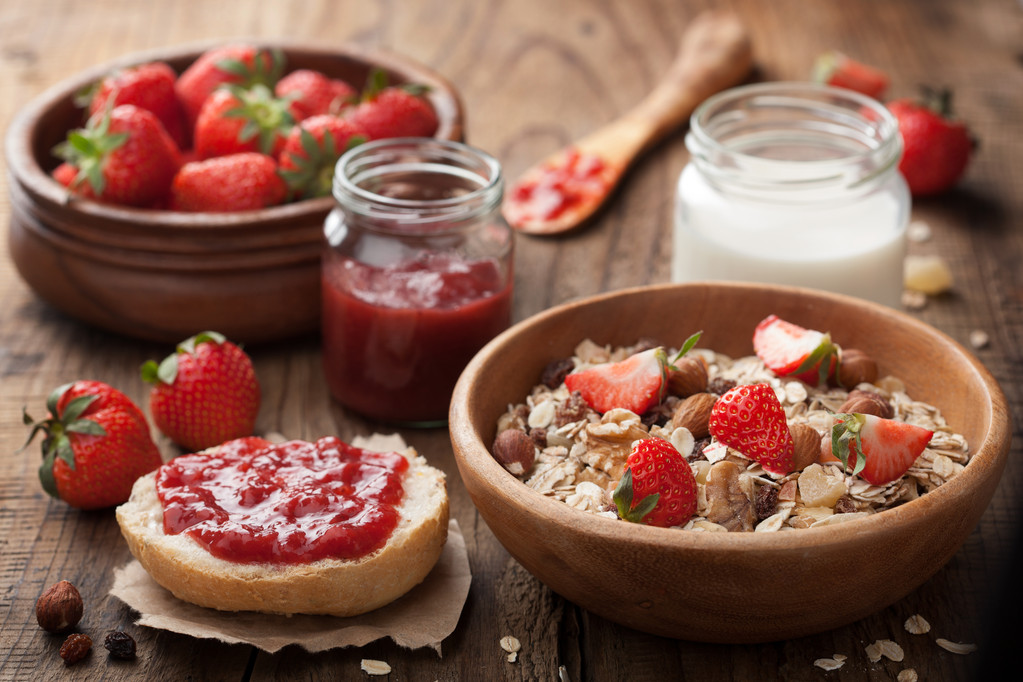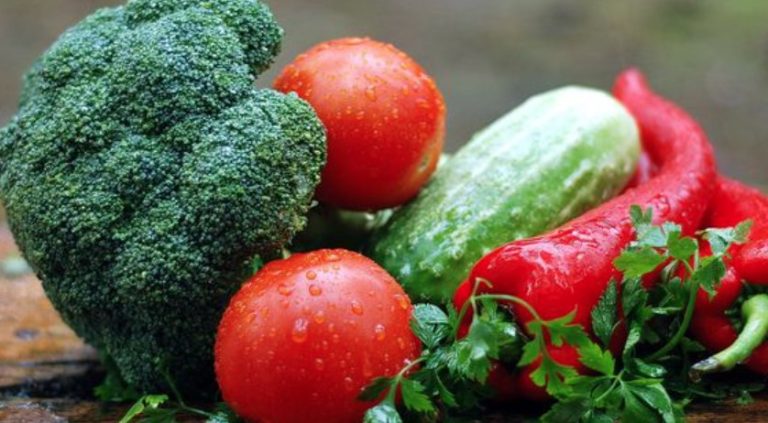After a long day, there is usually no time or motivation for an elaborate evening meal. And even in stressful everyday life, there is little time for extensive cooking. So that you can still eat tasty and healthy, we have collected the best ideas for a quick healthy meal.
Prepare a quick healthy meal
It’s best when the food can be prepared quickly so that there is more time to enjoy it together. But it should also be a healthy meal that you eat. In this way, you supply your body with important vitamins, minerals, fiber, trace elements, proteins, and good fats. At the same time, you should refrain from eating too heavy food, since such food is difficult to digest and makes you tired. But what do you cook when you need something quick? We have collected contemporary ideas for a quick meal.
1) The classic snack as a quick healthy meal
Whether for dinner or in between, such a delicious sandwich fills you up and gives you energy. To make the traditional snack healthy, you can use different variations. First of all, whole grain bread is a very good choice because it contains many nutrients and provides the intestines with important fiber, which supports digestion. Covered with avocado, tomatoes, a homemade sauce, cheese, and vegetarian sausage, the evening meal is not only delicious but also absolutely healthy. It gets the final kick when it is gratinated in the oven for a few minutes. The snack is quick and tasty because everyone can have their bread as they like! Please also note our tips for baking bread.

2) Cooking a quick meal with pasta
If you want to cook a quick meal, you usually choose a noodle dish, because the delicious noodles come in a thousand variations and are quick to prepare, vegetarian or with meat. They taste good for the whole family. You can also serve pasta with a wide variety of sauces, which can be pre-cooked and defrosted in a flash. Please also note useful instructions for defrosting meals. In addition, an additional salad makes the dish perfect and can be enriched with many healthy ingredients. You can also use whole grain pasta or zucchini pasta to make it healthier.
Quick recipe for zucchini noodles
We usually use it to prepare classic spaghetti noodles. But here we conjure up spaghetti from zucchini and ground turkey is used for the Bolognese. The ingredients are the following:
- two zucchini,
- 500g minced turkey,
- 100 ml milk,
- 1 pack of tomato passata and 3 tablespoons of tomato paste,
- 3 tbsp olive oil, salt, and pepper, some oregano,
- an onion and some freshly grated parmesan cheese.
Cut the onions into small pieces, sauté in olive oil, add the minced meat, sauté lightly and immediately add the tomato paste and the tomato passata. Then bring to a boil and refine with milk, salt, and pepper and let simmer for around 15 minutes. Meanwhile, wash the zucchini, remove the pulp with the seeds, and cut the zucchini into strips with a vegetable peeler. Then lightly salt the strips and put them in a slightly larger saucepan, pour boiling water over them and let them rest for five minutes, so don’t let them boil. Then serve the cooked strips with the turkey bolognese and refine with Parmesan cheese.
3) Tasty barbecue for a quick dinner
The barbecue season has already begun and the barbecue doesn’t just have to be heated up at the weekend. Mum quickly made a salad while Dad played the grill master and, in addition to sausages that were ready in a jiffy, also prepared vegetarian delicacies such as zucchini, mushrooms, or vegetarian burgers with patties made from chickpeas or black beans. Barbecuing is nice and sociable, and juniors or neighbors can also be invited to visit. Also, read our ideas for a delicious grill menu or ideas for vegetarian grilling.
4) An omelet is quick to prepare and provides protein
Everyone is talking about the low-carb diet because it helps you lose weight and is healthy. Anyone who follows this principle eats only a few carbohydrates and prefers them in the first half of the day. In the evening, the body gets its portion of protein, which fills you up and drives away cravings for sweets. Accordingly, an omelet is a perfect quick meal and can be prepared in many ways. The basis is of course eggs, supplemented by a wide variety of vegetables, mushrooms, and if desired, cheese or salmon.

5) Make pizza quickly and easily
When you need something quick, pizza is an easy solution. To make it a little healthier, you can make your own pizza. Make the dough yourself or buy pizza dough in the supermarket. Then add the tomato sauce and top it with various types of vegetables, peppers, mushrooms, zucchini, or corn that taste good to most people. Of course, cheese is one of the best things about pizza. However, it shouldn’t be too much of it. As soon as the pizza comes out of the oven, you can refine it with delicious and healthy basil.
6) Sesame salmon and curry rice as a quick meal
If you like to fish, you can quickly and easily prepare salmon with rice. You can prepare the following dish within 30 minutes and enjoy it quickly. All you need are the following ingredients (for two servings):
- 350g broccoli
- 2 pieces of salmon fillet (approx. 150 g)
- 250 g express long grain rice
- 50ml milk
- 1 tbsp flour
- 1 tbsp sesame
- 1.5 tbsp oil
- salt, pepper, and curry
First, you need to wash the broccoli and then cook it in salted water for about 5 minutes. Afterward you should keep 400 ml of the cooking water for the preparation of a roux. So put some butter in a saucepan and add the flour, stirring constantly you can add milk and the cooking water. Then let it simmer for 5 minutes and add the broccoli. You can refine it again with salt and pepper. Then you need to rinse the fish with clean water and dry it. Then roast the sesame in the pan, take it out and start frying the fish in oil. About 2-3 minutes on each side. Finally, just prepare the express rice according to the instructions and serve everything together.
